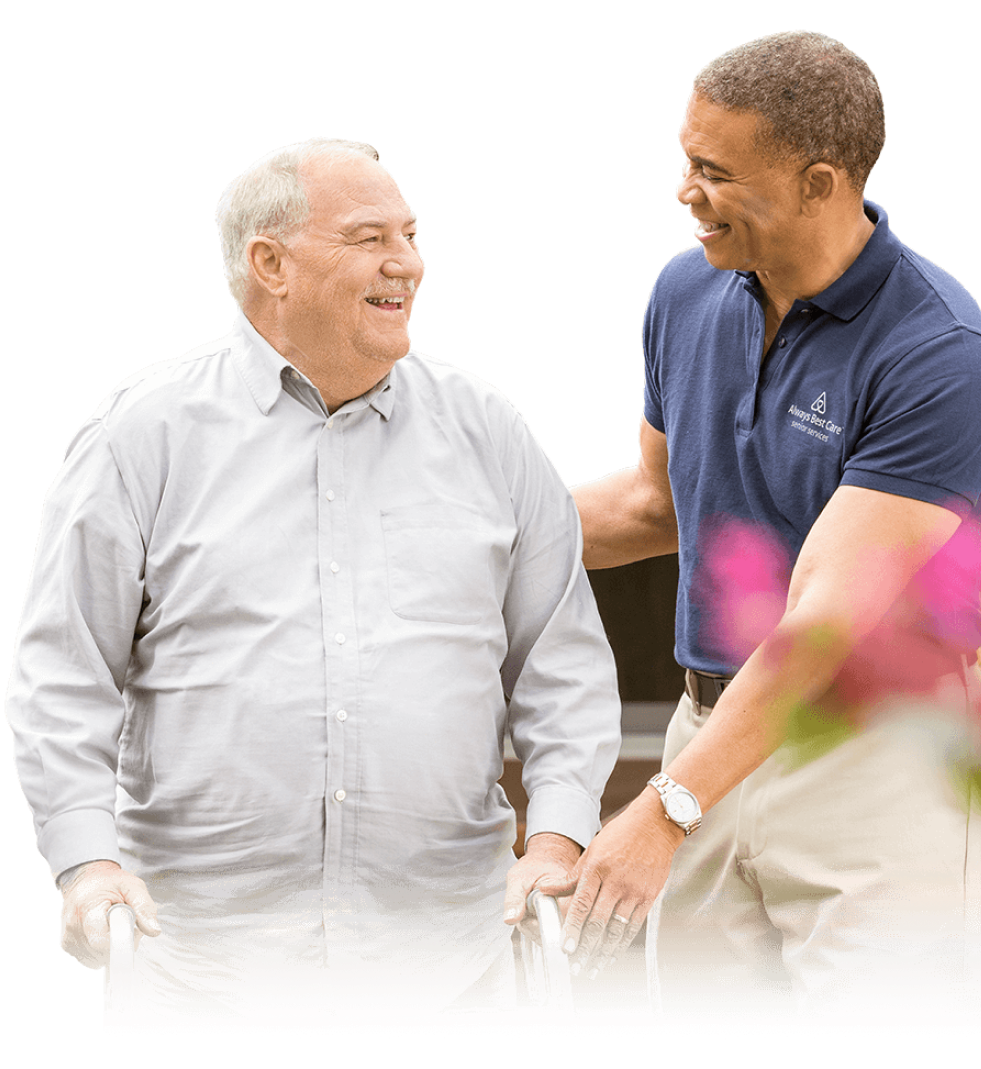Fifteen miles from Utah’s Monument Valley Navajo Tribal Park, mesas the color of burnt sienna erupt from the landscape, forming what look like the banks of a dry riverbed. A cumulonimbus cloud on the move hangs above the scene; a cerulean sky hugs the edges. It’s a serene image, beautiful and barren.
But the picture becomes haunting when you realize you are looking at the former site of the Mexican Hat Disposal Cell uranium mill. The “riverbed” is actually 20 inches of riprap rock, with a 24-inch thick radon barrier beneath that. It covers 68 acres and 4.4 million tons of radioactive waste material, including a demolished school that had been constructed from contaminated matter.
The Santa Barbara Independent is providing all coronavirus stories for free so that all readers have access to critical information during this time. Get the top stories in your inbox by signing up for our daily newsletter, Indy Today.
For photographer Brett Leigh Dicks, natural vistas used in the pursuit of nuclear energy, such as the one described above, offer an intriguing, if horrible, tale to tell. So, Dicks, who spends half of his time in his native Australia and the other half in Santa Barbara (he is a former Indy contributor), set about documenting myriad locations used in the production, housing, and waste of nuclear endeavors.
The result is an exhibit called, matter-of-factly, Nuclear Landscapes. The show is currently featured in the Head On Photo Festival, a decade-long program that showcases nearly 1,000 Australian and international photographers in more than 100 venues in Sydney. Although COVID-19 made that impossible physically, the festival is available virtually at headon.com.au.
I recently spoke to Leigh Dicks over email about Nuclear Landscapes. What follows is an edited version of our conversation.
What drew you to shooting nuclear landscapes? This series grew as a tangent to a body of work I started not long after arriving in Santa Barbara back in the early 2000s. I frequently visited Arizona and spent a lot of time in Tucson. A good friend of mine out there — Joey Burns — has a wonderful band called Calexico, which, in 2000, released an album called Hot Rail featuring the song “Sonic Wind.” That composition was inspired by an old nuclear missile base just south of Tucson.
I’ve spent a lot of time there over the years but until then was oblivious to the central role Tucson had played in U.S. missile defense during the Cold War, so I started looking into it. There were over a dozen of these Titan II missile installations surrounding the city, each armed with a fully fueled ICBM ready to launch at a moment’s notice, all subsequently decommissioned and abandoned.
That discovery inspired the series Opposing Forces, where I not only documented abandoned nuclear missile bases in the U.S., but also their Soviet counterparts across Eastern Europe. Doing so not only raised questions into what happened to the nuclear material when these missiles were scrapped, but where it had come from in the first place. That opened up the whole world of nuclear energy and led me and my camera to places ranging from old uranium mines and processing plants to atomic testing sites, missiles bases, submarine shipyards, nuclear reactors, sites of nuclear accidents, and waste-disposal sites.
Some of the photos show depressions in the earth, and other seemingly natural abstractions. How do you feel the images capture the reality/legacy of nuclear energy? Anyone who has seen aerial images of the Nevada Test Site will know it looks something like a crater-filled moonscape as a result of all the blasts conducted there. But what I found very haunting were less-obvious “nuclear landscapes,” like Snow Canyon State Park just outside of St. George, Utah. Snow Canyon is a gorgeous landscape featuring a canyon carved from the red and white Navajo sandstone. Yet being downwind of the Nevada Test Site, between 1951 and 1963, the area was regularly blanketed in radioactive fallout from atmospheric atomic tests.
In the mid-1950s, Dick Powell directed a Howard Hughes–produced film, The Conqueror, in Snow Canyon. The film starred John Wayne and Susan Hayward. At the end of location filming, Hughes additionally shipped 60 tons of contaminated earth from Snow Canyon back to Hollywood for reshoots. A crater left by a blast makes a very powerful statement about the might of atomic energy, but the legacy of its radioactive aftermath is less obvious. The entire cast and crew of that film were exposed to radioactive contamination and resulted in an inordinate number of them contracting cancer.
So along with documenting the physical legacy of atomic energy, I wanted to also tell some of the lesser-known “ground zero” stories. I was also intrigued by how our culture has embraced the atomic age. Las Vegas casinos used to have watch parties for the tests at the nearby Nevada Test Site and even crowned a Miss Atomic Energy. There is a bar there — Atomic Liquor — where a little of that culture is still encapsulated in the city’s famed neon glow.
Do you feel the threat of nuclear energy is understood by the masses, or accepted as basically benign? It’s a complicated science, and anything that’s complicated is difficult to grasp a thorough understanding of. And complicated processes also come with risks. There is definitely a fear factor associated with nuclear energy, and, well, there should be. We unfortunately seem to go through cycles where the ramifications of nuclear energy are dramatically brought home to us — Three Mile Island, Chernobyl, and Fukushima. I think after Fukushima, as we sat and waited to see whether a cloud of radioactive fallout was going to be blown our way, nobody in Santa Barbara thought nuclear energy was benign. But it is certainly something we should all constantly pay more attention to.
Between 1944 and 1986, something like 30 million tons of uranium ore was extracted from the Navajo Nation in the Four Corners region. Scattered across the tribal lands are still hundreds of un-remediated uranium mines. Radiation pollution has contaminated groundwater and wells, houses and even schools were built from radioactive mine tailings, and, of course, there are the abandoned mines themselves. The EPA and Navajo Nation are identifying and addressing what is a very current and serious problem.
Tell me a bit about the Head On Photo Fest. The Head On Photo Festival has been running for over 10 years and is the largest photography festival in Australia and the second largest in the world. Staged across the month of May, the festival showcases over 900 Australian and international photo-artists in over 100 venues around Sydney.
The program is aimed equally at photographers and the general public. Along with exhibitions, it runs an extensive program of contests, workshops, seminars, artists’ talks, projections, and portfolio reviews. I was a finalist in last year’s Landscape Award, which in turn led to me being a featured photographer in the 2020 festival.
The exhibitions are staged in large and small galleries, museums, parks, cafés, and illuminations on buildings. While this year is very different due to the COVID-19 lockdown, what I love most about the festival is that it puts photography in public places where you don’t typically see it. My exhibition was planned for one of the most iconic locations in Australia: Sydney’s Bondi Beach. While it will now be an online exhibition for the month of May, the plan is to stage the physical exhibitions later in the year when restrictions are eased and a physical program is planned.
What are you working on now? I am currently preparing some prints for a Midwest-based museum that has put together an exhibition examining the legacy of photography in the American West. The exhibition is being curated by the Figge Art Museum in Iowa and is titled Magnetic West: The Enduring Allure of the American West. It features over 150 photographs by some of the most renowned photographers of the 19th and 20th centuries — and a couple from me, as well.
The plan was/is to be back in the U.S. for the opening of that exhibition at the end of June. In the meantime, I have been working on an Australian installment of Nuclear Landscapes — photographing test sites, mines, and waste sites across here — along with a new project that explores massacre sites here in Australia where colonialists massacred indigenous communities. These are events between the late 1780s and 1930s associated with what is loosely termed the Frontier Wars. There weren’t really wars, more the massacre of Aboriginal people in the process of dispossessing them of their land or as retribution for perceived crimes.
Given my family heritage, this is a very personal project. I have been researching and photographing locations throughout Australia and will continue to do so once we’re permitted to travel again. Both projects are currently on lockdown hold — so for the past month or so I am finally been taking some time to organize my archives.

 435.215.7170
435.215.7170




 Service Areas
Service Areas























